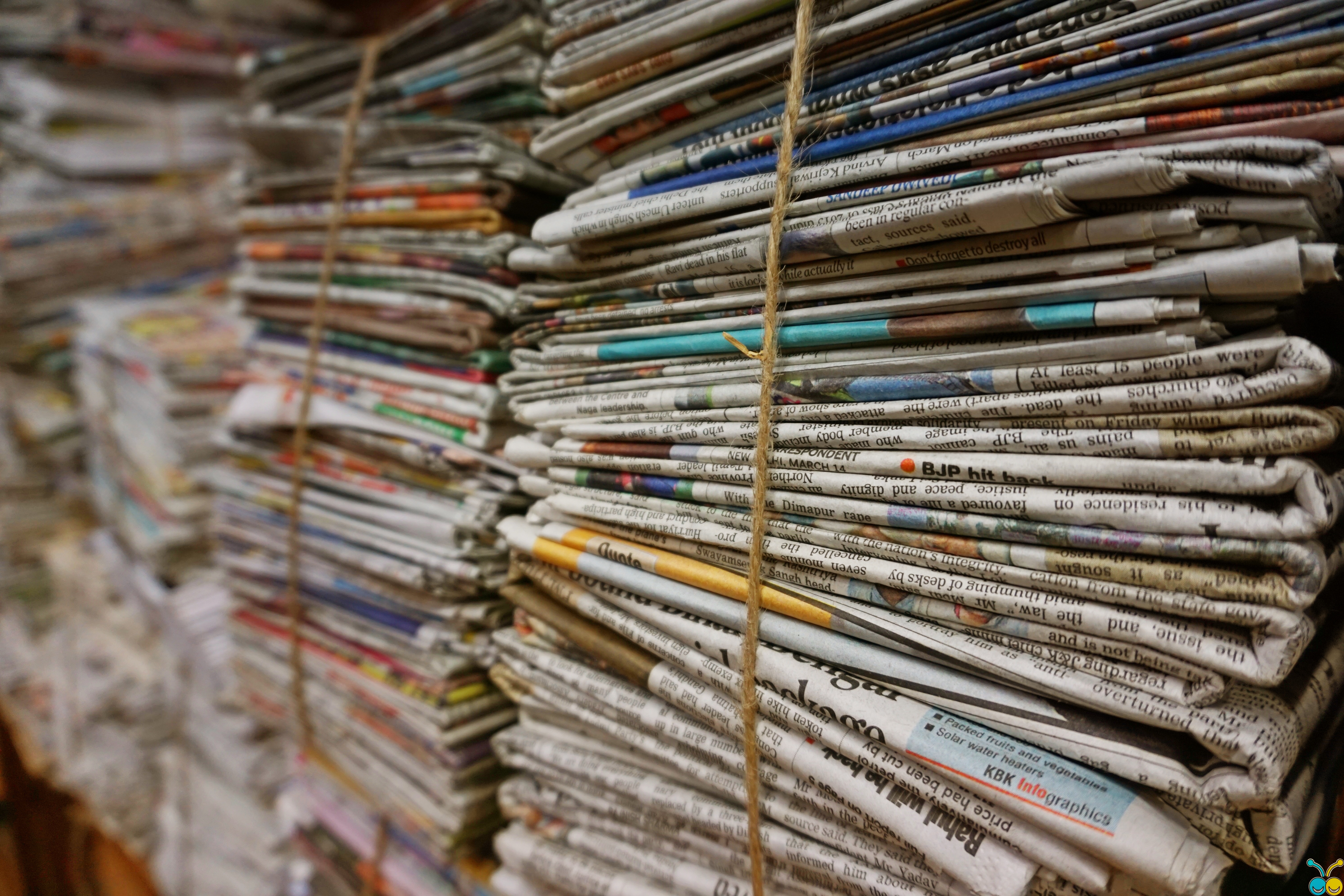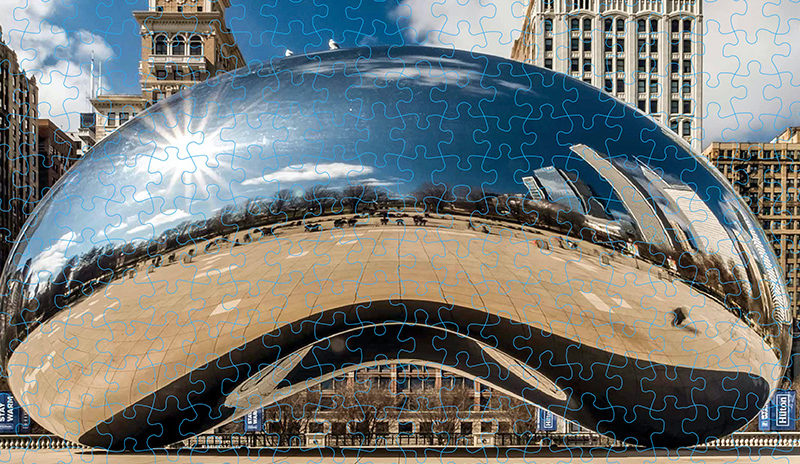
What you need to know about the state of Chicago media
In the past week, there have been some surprising developments in Chicago’s media landscape. The Chicago Sun-Times, which, along with the Chicago Tribune, has been one of the city’s two dominant news outlets, announced it was going up for sale. This comes at the same time as the long-standing alt-weekly the Chicago Reader (which is owned by the Sun-Times) announced that its union had approved a strike amid staffers launching the “Save the Reader” campaign, publicly disclosing their wages and having key members of staff leave due to low pay.
In the Sun-Times’ announcement of its sale, it noted that interested parties would have 15 days to make an offer, otherwise it would be sold to Tronc, the parent company of the Chicago Tribune. And while Tronc has made it clear that it would continue to operate the Sun-Times, there’s a long history of newspapers being acquired by their competitors only to fold shortly thereafter. This potential move is worrisome as Tronc has had trouble navigating the digital media landscape, and an even harder time turning a profit. Though it’s entirely possible that the Sun-Times and Tribune can coexist under this umbrella, it does put the future of a publication like the Reader in jeopardy.
Earlier this year, the Chicago Tribune cut both production and staff at RedEye, moving the paper’s production from daily to weekly, inevitably limiting its coverage. With the Sun-Times’ parent company Wrapports putting it up for sale, the Reader’s union is left without a clear line of communication for its contract negotiations. Beyond that, it raises the questions of whether or not the new owners would keep the Reader in print. While it’s easy to see an alt-weekly as expendable, it’s important to acknowledge their place in journalism’s ecosystem, often breaking stories and contributing hard-hitting investigative pieces that may otherwise slip through the cracks of a daily newspaper.
This type of merger isn’t abnormal in the current media landscape, as publications are routinely finding themselves partnered with their former competitors in a Russian nesting doll of news organizations. With heightened accessibility to news, and the bulk of it being disseminated for free, it’s important to note that consumers have contributed to the changing face of news media, as it’s become a business that is both necessary and hard to sustain. That said, with publications such as the Reader in danger, and the Sun-Times poised to become part of its competitor’s portfolio, we run the risk of losing coverage that isn’t motivated by a single group of shareholders. With the RedEye being scaled back, and the Reader on the bubble, we stand to lose the type of cultural reporting that brings out the perspectives of communities that are often overlooked.
As for now, there’s no definitive ruling as to whether or not Tronc’s acquisition of the Sun-Times will be approved. Currently, the antitrust division of the U.S. Department of Justice is investigating the acquisition. But if the deal is signed, the Sun-Times could be part of the Tronc brand as soon as June 1. This all circles back to a Conversation that took place last year during Chicago Ideas Week, when we asked the question about whether or not journalism can survive in the digital age. That question is just as pertinent now. We encourage you to spend some time with it, as the future of Chicago media could change dramatically in the next two weeks.
Can Journalism Survive the Digital Age? from Chicago Ideas Week on Vimeo.



